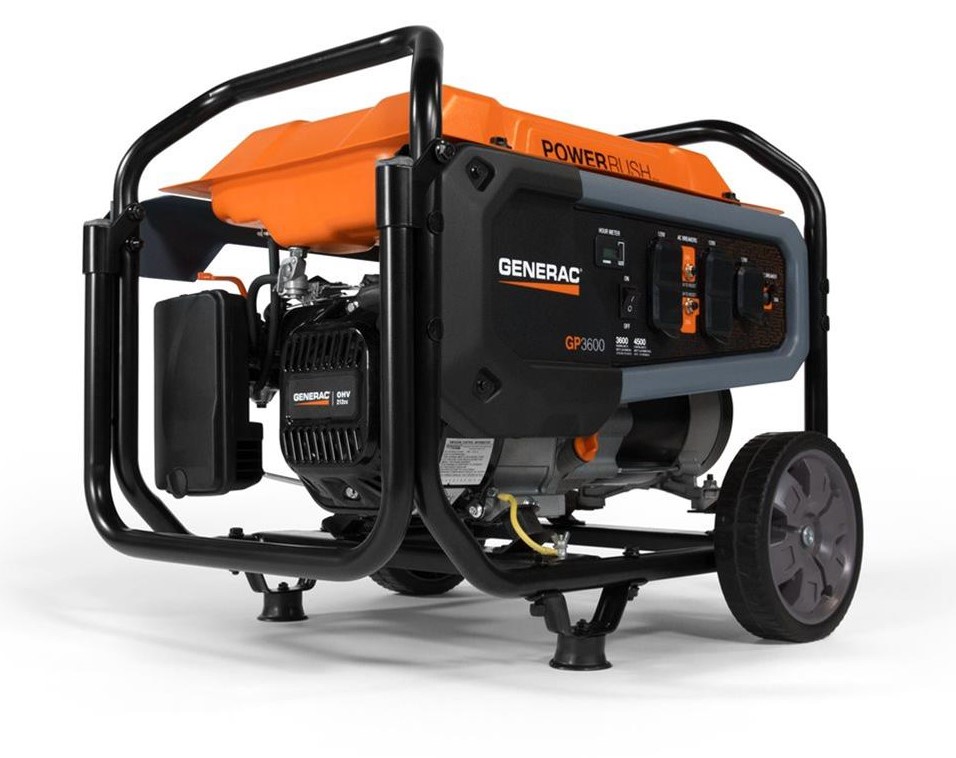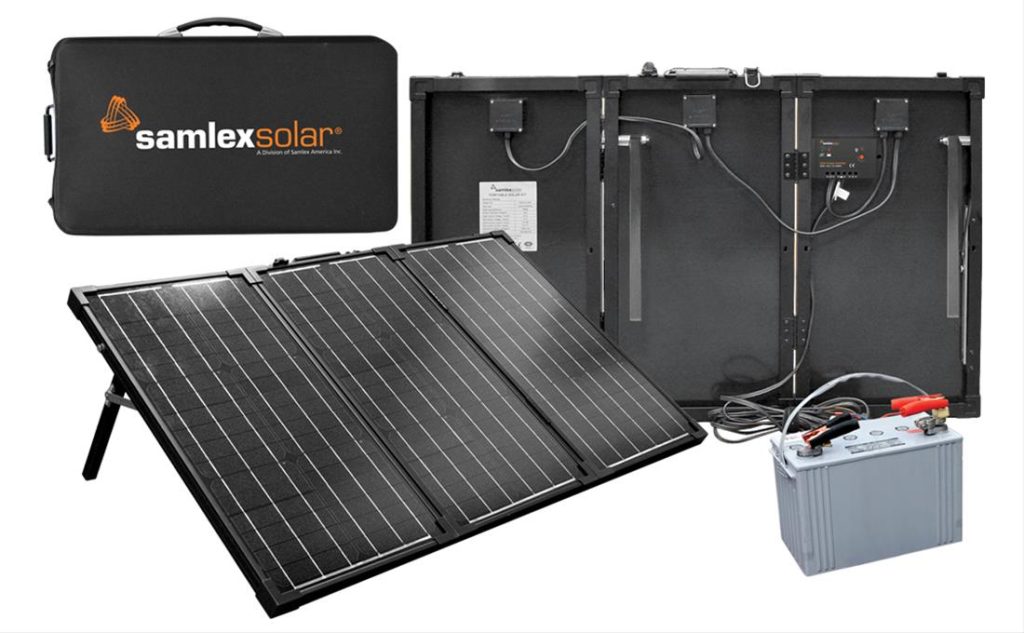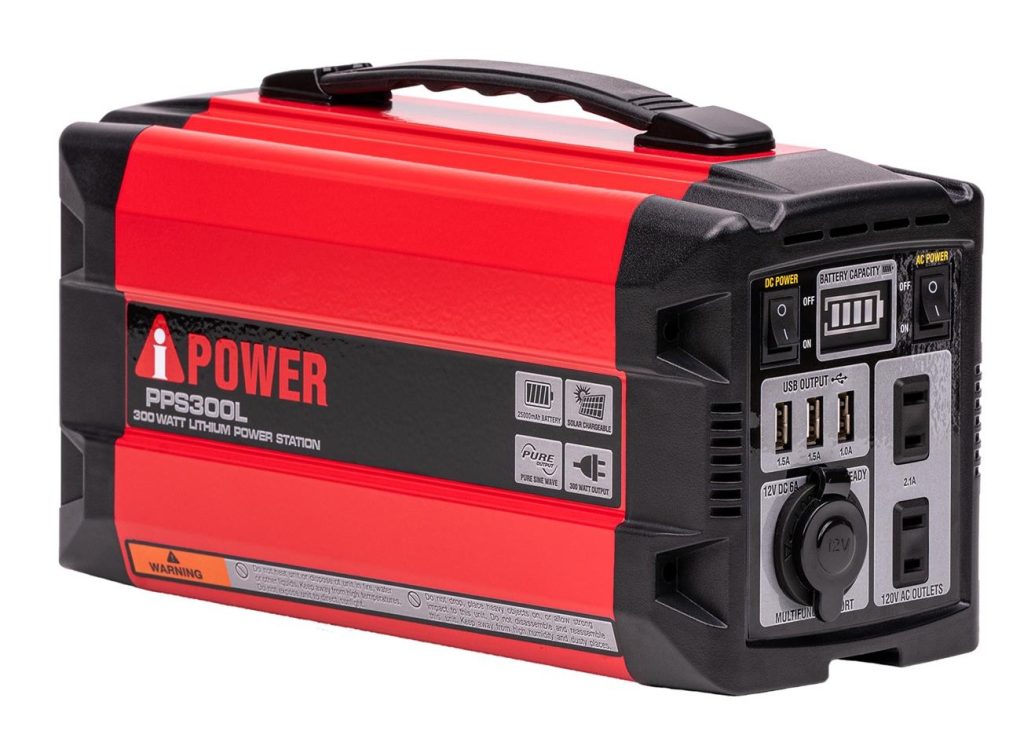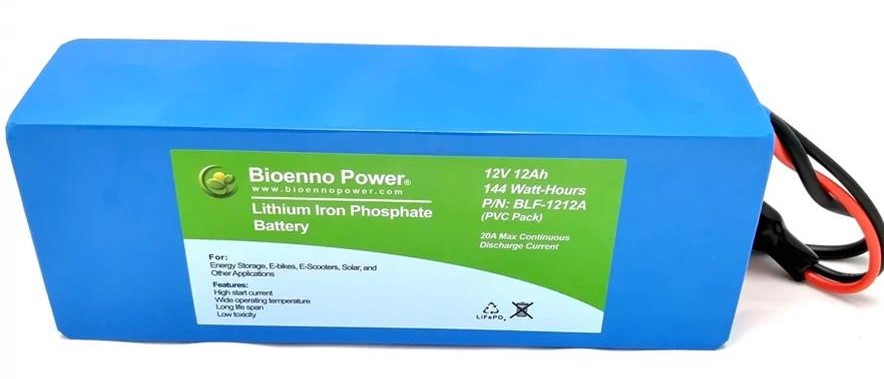Power. It is one of the most important aspects of running an operation. But what if you don’t have access to AC power or a storm knocks out all power in your area?
What Are Your Backup Power Options?
There are some differences if you are at home or in the field. At home you will want to power more than just a radio and its accessories—things like a refrigerator, air conditioning, and internet service.
What you want is an uninterruptable power supply (UPS). These can be as little or as large as you can afford. Most of us have small units connected to our computers for safe shutdown. There are room size UPS units that back up large data centers, hospitals, and other critical infrastructure.
The big question is how much runtime do you get? This is almost solely dependent on…
…you guessed it. Batteries.
Lead-acid batteries, most often deep-cycle, are a good choice for emergency power. They are rugged and have relatively low energy density. The deep-cycle option also handles a slow discharge well. They can be used with or without a battery box. A battery box can be purchased or homemade. The cost is on the lower side for batteries as well. The main disadvantage is that they can be extremely heavy, which is usually not an issue for home use.
The next option for home use is a generator, like the Generac GP3600 Series Portable Generator shown below. These can provide power for an extended time period and are rugged. However, generators are bulky and not easy to move. You also need to have fuel to power them and keep them running smoothly.

Solar is a good choice for home and portable use. It also has the advantage of being environmentally friendly. A solar cell, or photovoltaic cell (PV), is a device that converts light into electric current using the photovoltaic effect. Multiple solar cells are connected inside modules and modules are wired together to form arrays. The arrays are then tied to an inverter, which produces power at the desired voltage.
A large array for maximum power can become very expensive. Home solar systems often have a way to store excess energy and feed it back into the power grid. Portable solar panels come in many shapes and sizes that you can roll up, fold up, or fold over for easy storage. Straight panels that are more rigid are a good option as well.
You’ll find several solar power options at DXEngineering.com, including Bioenno Power foldable solar panels and solar charge controllers, and the Samlex Solar Portable and Foldable Solar Battery Charging Kit below.

So, what are some good options for people out on a field exercise or during a Parks on the Air activation?
A choice that is growing in popularity is a power station, like the A-iPower 300W Lithium Portable Power Station below. It includes outlets for USB and 12-volt power, with receptacle plugs for easy hookup and power supply. While power stations are relatively lightweight, they may not be the best option for tossing into a backpack from a weight perspective.

Another extremely popular option is the lithium iron phosphate battery. Lithium iron phosphate (LFP) is an inorganic compound with the formula LiFePO4. Some of its advantages include long cycle lifetimes, high power density, wide operating temperature range, and easy transportability due to its light weight. You can find a range of Bioenno Power LiFePO4 12VDC batteries (see the 12 Ah model below) and battery/charger combos at DXEngineering.com.

What is your favorite alternative or backup power? Questions?
Share them in the comments below or email me at KE8FMJ@gmail.com.

